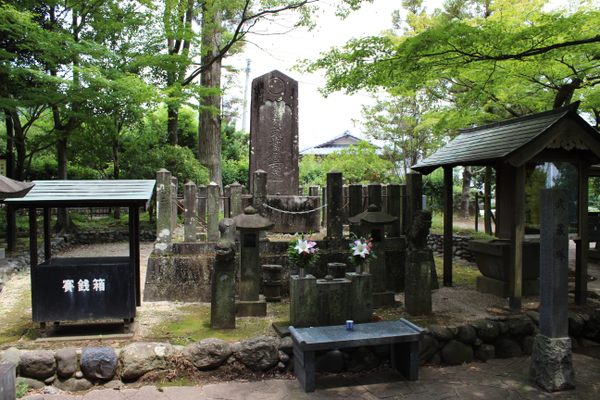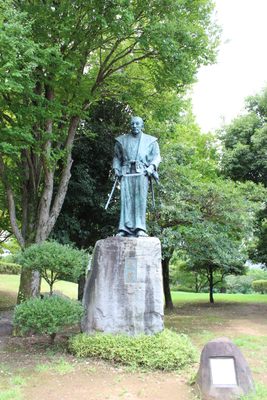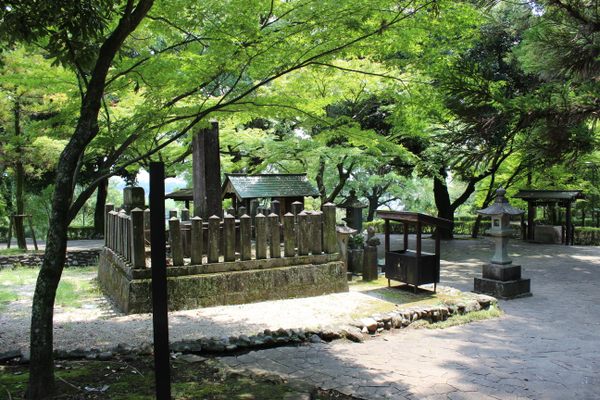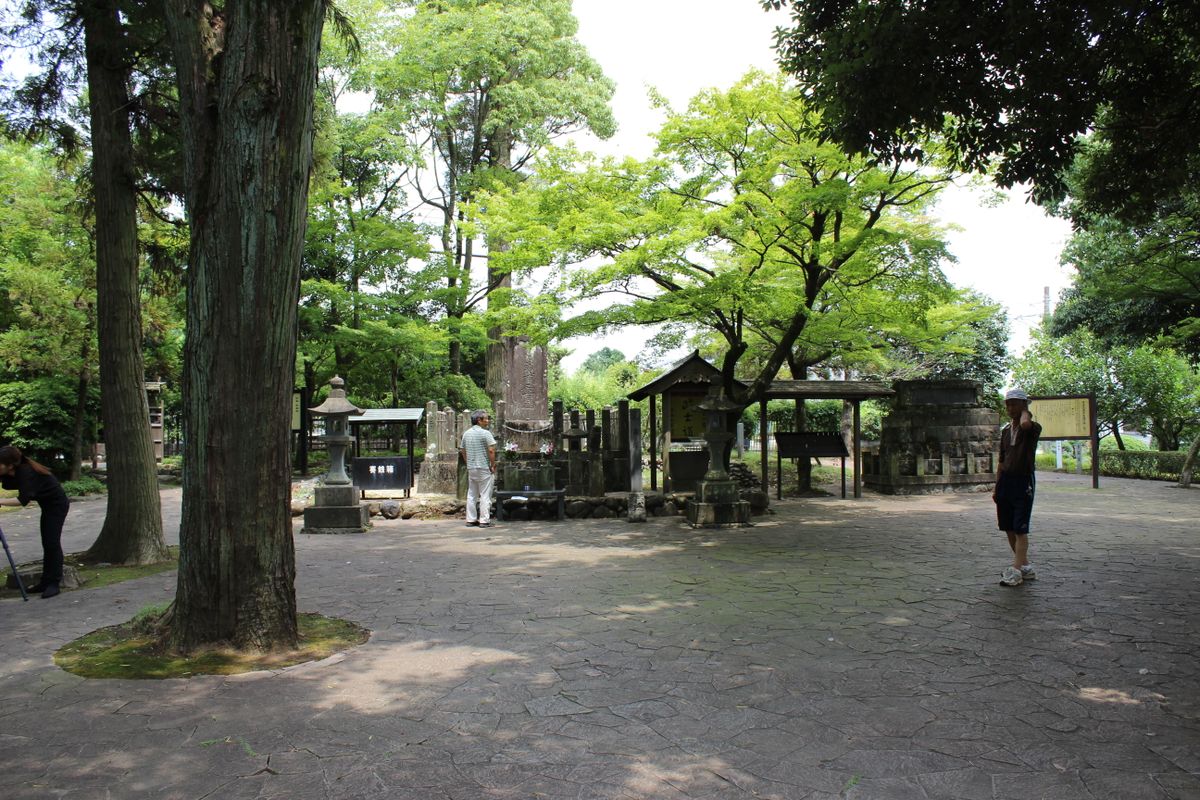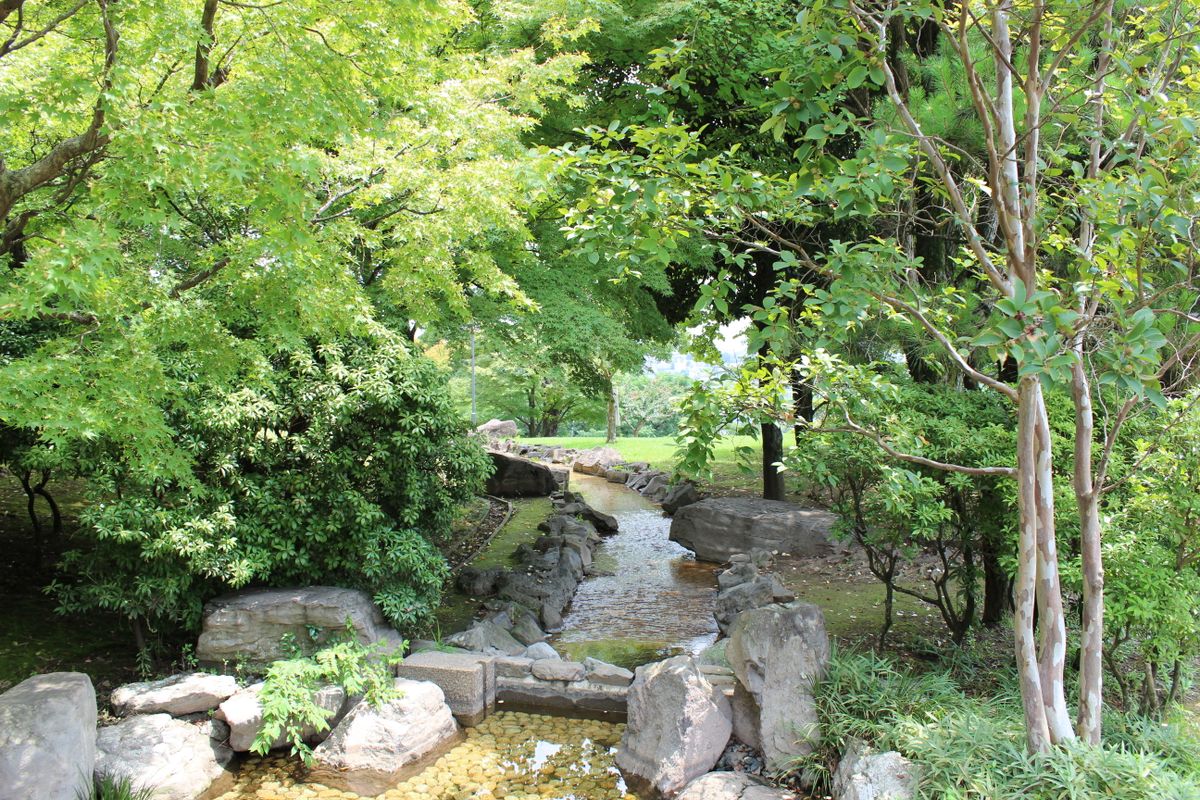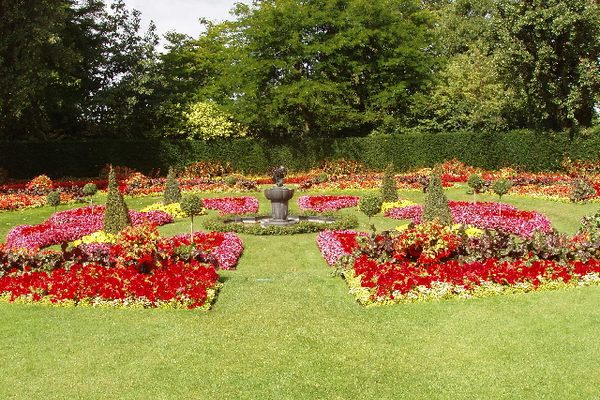About
The Japanese have a proverb: "Business is war." Along these lines, some Japanese business executives take kendo lessons, meditate, and negotiate more like battle-hardened commanders than desk jockeys. These white-collar generals' enchiridion is the Book of Five Rings by Miyamoto Musashi.
Musashi was one of the most feared sword-fighters in late 16th- and early 17th-century Japan. A ronin, or wandering freelancer, he roamed up and down the country fighting duels with reputable swordsmen—and occasionally their outraged students, entire classes at a time. According to Musashi's memoirs, he fought over 60 bouts during his lifetime and won every single one. He was proficient with a variety of weapons, but he preferred a katana and a shorter wakizashi, which he wielded simultaneously in combat to great effect.
In his later years, Musashi settled in Kumamoto, entered into the service of a local lord, or daimyo, and founded his own school. Here, he taught his signature two-handed style of swordsmanship, the Niten Ichi-ryu ("Two Heavens, One Style"). Musashi's martial philosophy broke with tradition, eschewing the showy, wasteful movements of other schools in favor of a direct, pragmatic, aggressive, and profoundly psychological style which kept opponents off-balance and out of breath. In the waning hours of his life, Musashi repaired to a cave just outside Kumamoto and wrote the Go Rin no Sho, or Book of Five Rings, wherein he laid down the central tenets of his philosophy and applied them to both one-on-one sword-fighting and large-scale military science.
Musashi died in 1645 and was buried in Kumamoto, ever near and faithful to his lord. His gravesite is now a public park with flowing water, green lawns, singing birds, and gentle breezes sighing softly through verdant branches. Kendo practitioners, history buffs, samurai enthusiasts, and curious tourists travel here—in trickles, not droves—to see the final resting place of Japan's most fearsome and beloved sword-master. His two-sword style is still practiced in traditionalist kendo schools, while Japanese executives pore over the Go Rin no Sho, applying Musashi's battle-tested principles to duels in conference rooms and gilded offices. The man may be gone, but his philosophy—victory through strategy and strength rather than showmanship or technical mastery—has withstood the test of time.
Related Tags
Know Before You Go
Take the Kumamoto tramway to the Shinsuizenji stop, then walk upstairs to the JR commuter rail station and purchase a ticket for Musashizuka, four stops and 4-5 kilometers southeast. Get off at Musashizuka, walk across the tracks, and turn right down the Bungo Highway. Walk 700 meters (past the interchange) and Musashizuka Park will be on the left.
Hidden Japan: Sado Island, Nara & Kyoto
Explore a different side of Japan.
Book NowCommunity Contributors
Added By
Published
August 19, 2015
